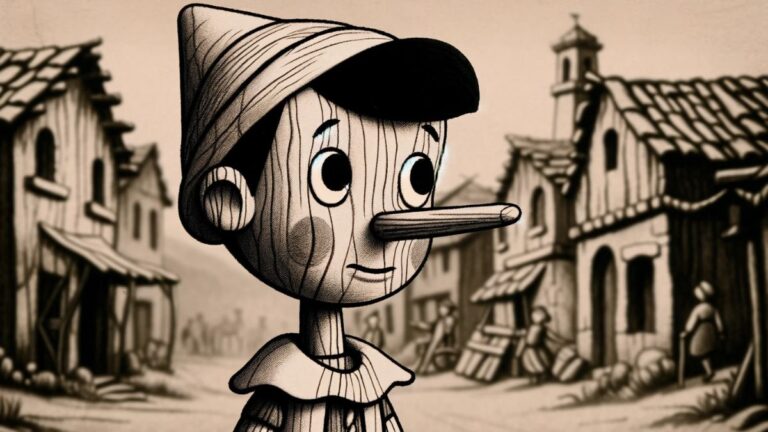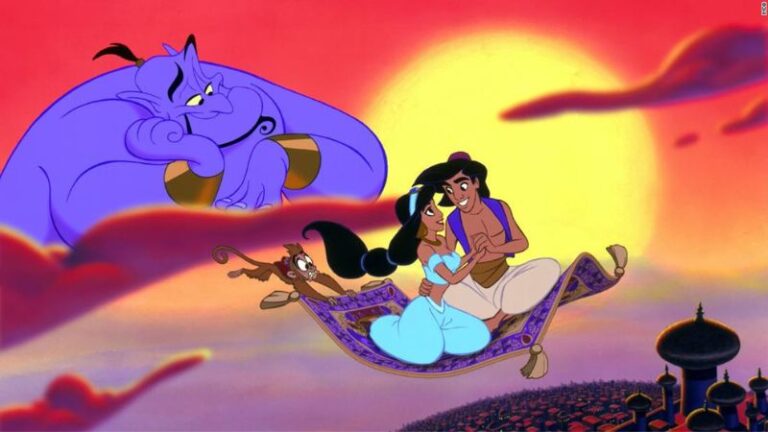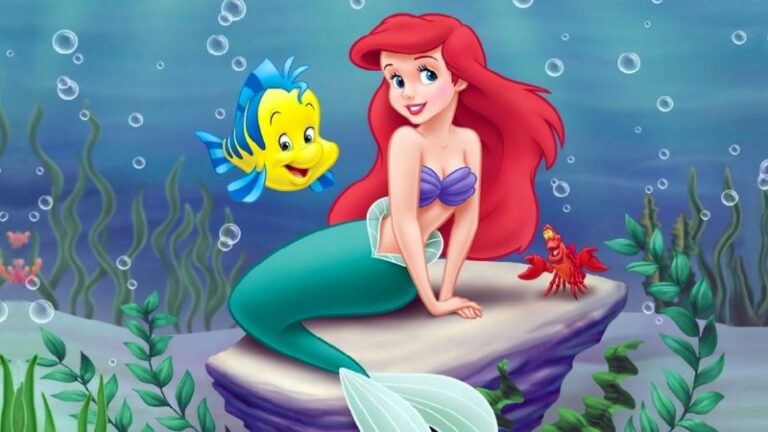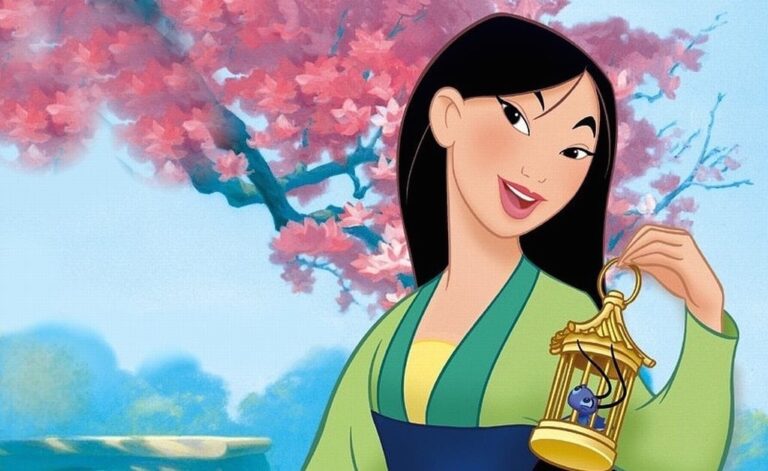The Original Snow White: Uncovering the Grim(m) Reality Behind the Story
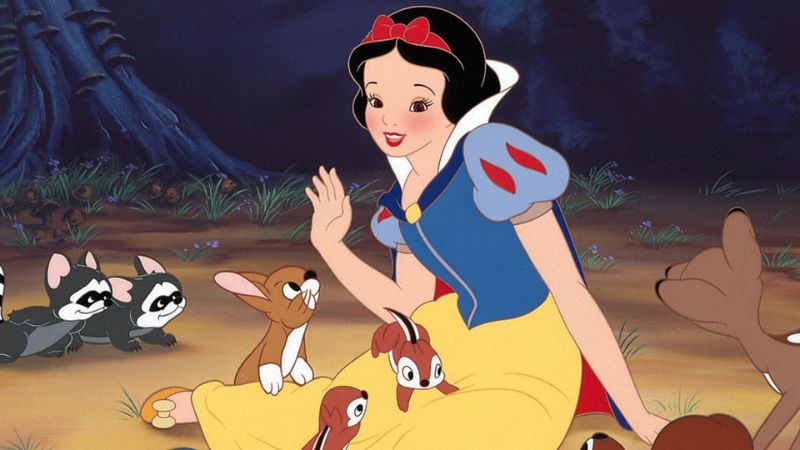
“Snow White,” a tale known for its wicked queen and magical kiss, goes far beyond the well-known Disney adaptation. This article delves into the deeper, often darker roots of the Snow White story, tracing its journey from its earliest versions to the Brothers Grimm’s famous rendition. By exploring the evolution of this classic fairy tale, we uncover the complex themes and historical context that shaped Snow White’s narrative, revealing a tale rich in symbolism and cultural significance.
The Earliest Whispers: Snow White’s Pre-Grimm Existence
Long before the Brothers Grimm immortalized “Snow White,” variations of the story existed in various cultures. These early versions, while differing in details, shared common elements like the beautiful maiden, the envious antagonist, and the life-threatening ordeal. One of the oldest known versions is from Germany, featuring a young woman named Snow White who navigates a world of jealousy and danger, much like the later Grimm version.
These early tales reveal a different, often more complex and morally ambiguous, story than the one popularized by Disney. The themes of envy, beauty, and mortality were explored more explicitly, reflecting the social and cultural concerns of the times. Understanding these early stories provides a fuller picture of Snow White’s narrative, highlighting its enduring relevance and appeal across different eras and societies.
Mirror, Mirror on the Wall: Symbolism and Themes in Snow White
The story of Snow White is rich in symbolism, weaving themes of beauty, envy, and the transition from childhood to adulthood. The iconic mirror represents self-awareness and the often destructive nature of vanity. The poisoned apple symbolizes knowledge and its potential dangers, echoing themes from other folklore and religious stories.
These symbols and themes are not just narrative devices but are integral to understanding the deeper meanings of the Snow White story. They reflect the human struggle with self-identity, the dangers of unchecked desire, and the journey towards maturity. Exploring these elements offers insight into why Snow White’s tale has resonated with audiences for centuries, serving as a mirror to our own human experiences and dilemmas.
The Brothers Grimm: Refining Snow White for a New Era
When the Brothers Grimm included “Snow White” in their collection of fairy tales, they significantly shaped the story as we know it today. Their version, while sanitizing some of the more brutal aspects of earlier tales, added elements like the dwarfs and the iconic kiss. This adaptation reflected their mission to preserve German folklore while also making these stories suitable for a broader, particularly younger, audience.
The Grimm Brothers’ version of Snow White became a benchmark for future adaptations, influencing how the story was perceived and retold. Their narrative choices, from character development to moral lessons, were indicative of the societal values and literary trends of their time. Understanding the Grimms’ influence is crucial in tracing the evolution of the Snow White story and its transition from a folk tale to a cultural mainstay.
Snow White’s Lasting Legacy: Influence and Interpretation
Today, Snow White remains a cultural and literary icon, influencing various forms of media, from literature to film. The story has been adapted countless times, each version reflecting the societal norms and artistic trends of its era. Disney’s 1937 animated film, for example, played a significant role in shaping the modern perception of Snow White, emphasizing themes of innocence and romance.
The enduring popularity of Snow White highlights the story’s flexibility and its ability to resonate with different audiences. Its influence extends beyond entertainment, impacting fashion, psychology, and even academia. As we explore Snow White’s lasting legacy, we see a story that continues to evolve, reflecting our changing world while holding onto the timeless themes that have captivated audiences for generations.

